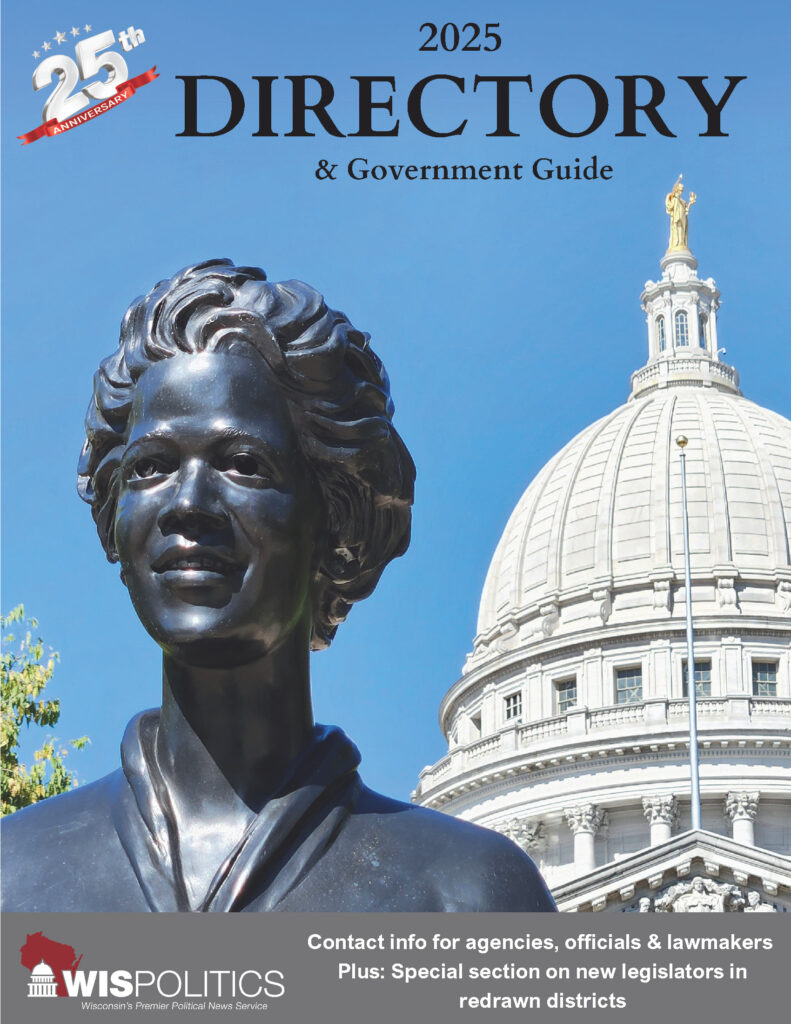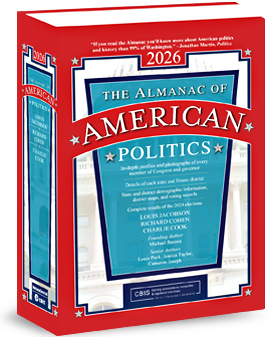Mayor’s plan would boost staff, slow growth in taxes; but long-term imbalance still warrants solutions
Madison’s proposed budget for 2026 highlights the city’s financial turnaround, as the plan would increase staffing and service levels while limiting the city’s property tax increase to roughly the rate of inflation.
A key contributor to this newfound stability is an infusion of new revenue, inclu...
Please log in to access subscriber content.
If you don't have a subscription, please contact schmies@wispolitics.com for subscription options on the WisPolitics-State Affairs platform, which is the new home for WisPolitics subscriber products.


